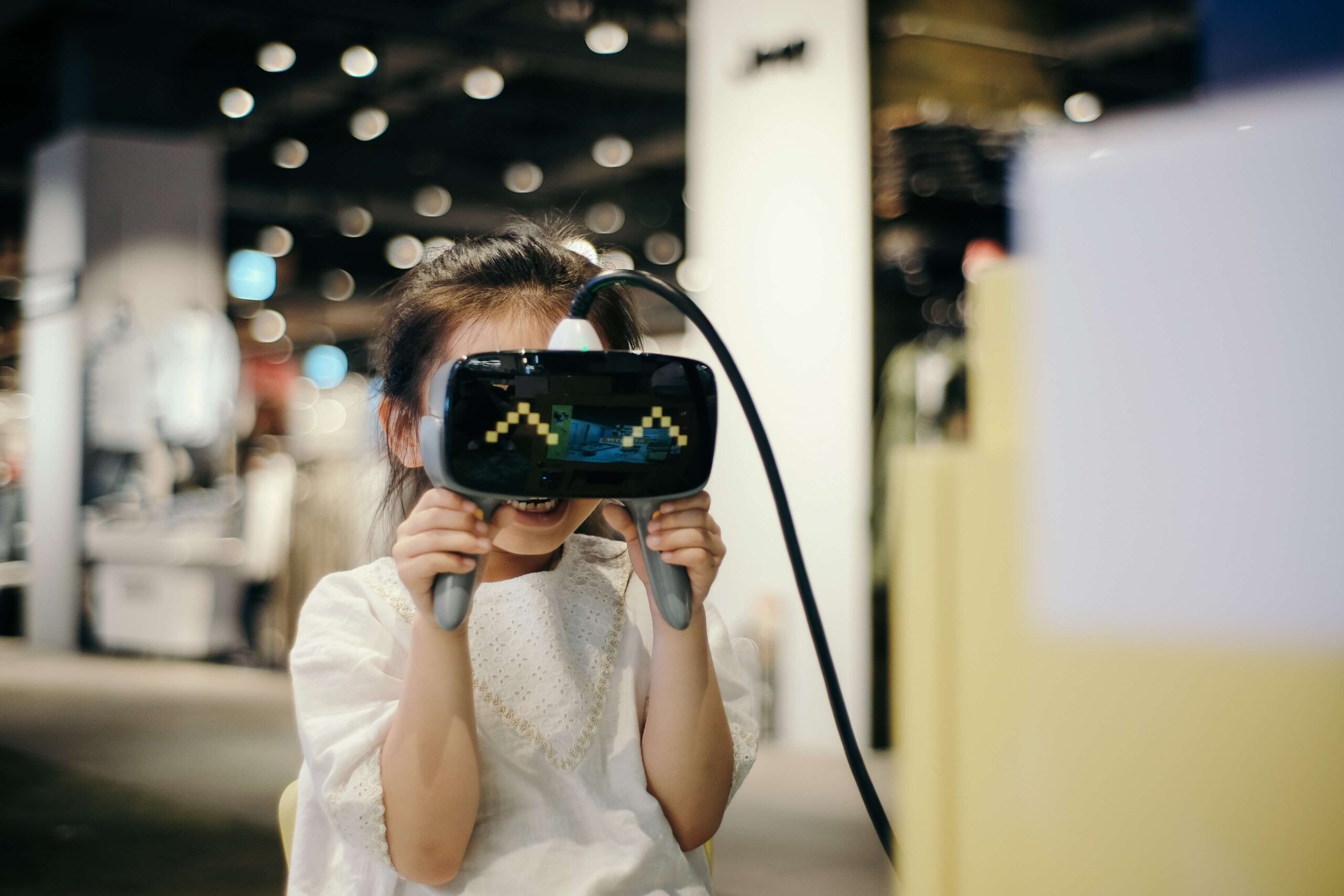Today’s kids are growing up in a hyper-connected and complex world. They have endless information at their fingertips, accessible from anywhere at any time. They shop, game, and socialize online in ways that previous generations couldn’t even imagine. Accordingly, to best understand them, brands must think beyond the research methods that worked in the past.
Emma Worrollo, Founder and Chief Creative Officer of The Pineapple Lounge, built her company on this very sentiment. Established in 2010 (the same year that produced both the iPad and the first members of Generation Alpha), The Pineapple Lounge connects brands directly with the needs, wants, and behaviors of young people. “The world is rapidly moving all of the time,” says Emma, “to be able to be just one step ahead of that – which I think is increasingly the challenge for brands trying to engage with young children and teens – we have to ask different questions.”
In the latest episode of our #Kidtech podcast, Dylan Collins, CEO of SuperAwesome, sat down with Emma to discuss how today’s young audiences are consuming content, as well as how brands should be talking about and approaching this generation. Below, we’ve rounded up some of her key points, as well as actionable takeaways to help you make use of these learnings.
Co-viewing offers family bonding experiences
According to Emma, modern parents have different relationships with their children than families of the past. So much so that, beyond the online influencers they admire, kids increasingly look to their parents as aspirational role models. “This closeness and the friendship that [kids are] having with their parents is, I think, really quite an evolution in family relationships,” she explains.
“I also think there is more entertainment and technology that provides points of bonding,” says Emma. “A lot of millennial parents will be unwilling to compromise their own entertainment when they’re spending time with their children. So they’re looking for those things that they’re both passionate about. And that means the adult and child worlds, which used to be quite separate, have become much more joined up and there’s much more fluidity between them.”
What does this mean for brands? The entire family must be considered in the viewing experience. This is especially important for the family entertainment genre, but all brands can benefit from creating content designed to bring the family together and away from individual devices.
All brands, content creators, and platforms are responsible for young audiences
In today’s always on, always connected digital landscape, even age-agnostic brands need to be conscious of young viewers. Regardless of intended audience, kids are everywhere that screens are – accordingly, they must be carefully considered.
“I think we’re reaching the end of time where brands can ignore that kids are using their services, which is where we’ve been for some time now,” says Emma. “The internet isn’t really designed for children, and yet they’re spending a lot of time on there. I think there is a growing kind of acceptance that more has to be done.”
What does this mean for brands? When we consider the brands and platforms that top the list of kids’ favorites, they’re often outside of the core kids space, which demonstrates that young audiences are consuming content that isn’t specifically designed for them. A smart under-16 strategy is necessary to ensure brand and kid safety. Don’t know where to begin? An expert partner can help you reach kids in a compliant and engaging way.
Today’s kids are more connected to serious world events
All generations have faced their share of global crises. However, Emma emphasized that today’s kids have a front-row seat to the latest news and events, with information being delivered directly to their personal devices in real-time. In addition to this constant stream of content, kids are being invited to join the discussion more than ever before. “Their parents are having more conversations with them about it,” says Emma. “And they’re being asked their opinion.”
On top of this, Emma highlighted that digital communities are offering new ways for kids to engage with current events. Children are interacting with serious subjects through online content, such as political and environmental games. “[Kids] have these different, creative ways of trying to make sense of what’s happening in the world,” she noted. “And all of that amplifies it. That’s what makes it feel much more intense and real for them versus previous generations.”
What does this mean for brands? Purpose branding is by no means a new tactic, but it hasn’t yet permeated the kids space. Companies need to consider their impact beyond making a profit and how that mission is infused within the content they create. “I think there’s a lot of work to be done there,” says Emma, “And parents and children themselves are going to become much more sophisticated in how they judge brands.
Emma Worrollo is the Founder and Chief Creative Officer of The Pineapple Lounge, which helps brands build meaningful relationships with kids. A generational expert, Emma also enables parents to harness the power of play through her blogging platform, The Playful Den, where she shares her philosophy of Living Playfully. Connect with her on LinkedIn, or follow her on Facebook and Instagram: @the_playful_den.
To learn more about how to understand and reach young audiences, listen to the full episode here or get in touch today to discuss how we can help you develop a compliant and effective under-16 strategy.





